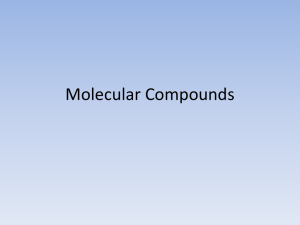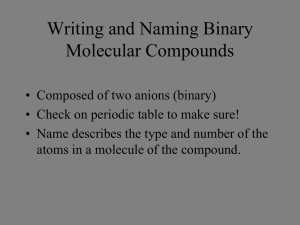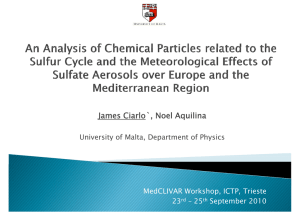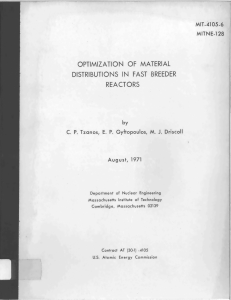Towards Energy Sustainability of Sulfur Recovery Units
advertisement
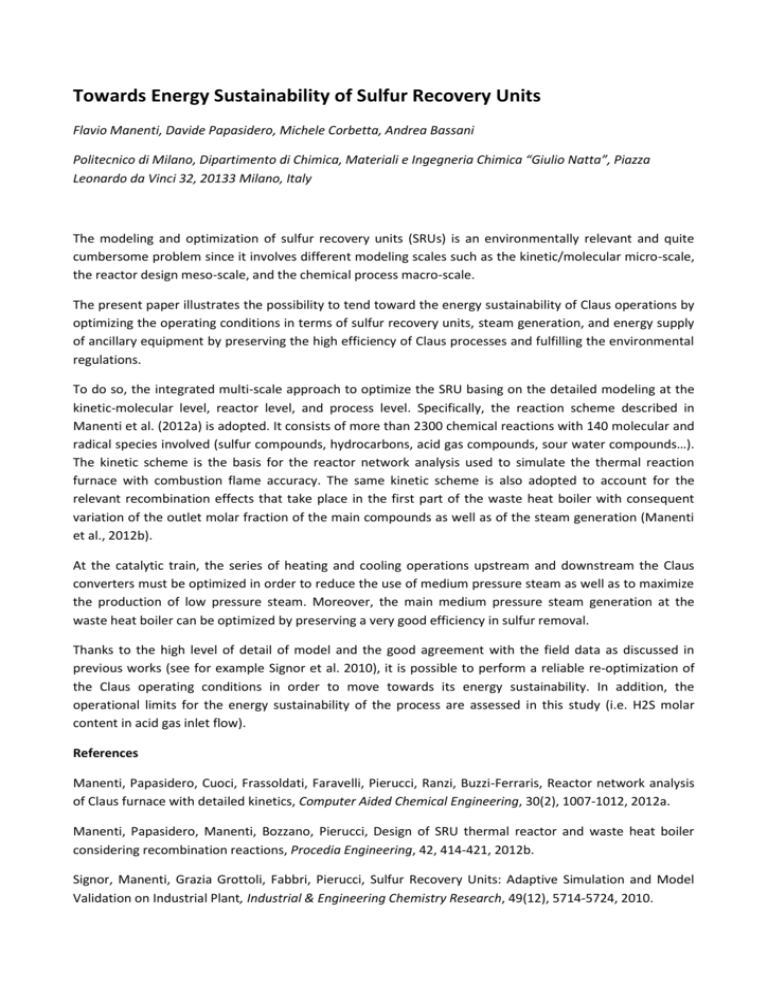
Towards Energy Sustainability of Sulfur Recovery Units Flavio Manenti, Davide Papasidero, Michele Corbetta, Andrea Bassani Politecnico di Milano, Dipartimento di Chimica, Materiali e Ingegneria Chimica “Giulio Natta”, Piazza Leonardo da Vinci 32, 20133 Milano, Italy The modeling and optimization of sulfur recovery units (SRUs) is an environmentally relevant and quite cumbersome problem since it involves different modeling scales such as the kinetic/molecular micro-scale, the reactor design meso-scale, and the chemical process macro-scale. The present paper illustrates the possibility to tend toward the energy sustainability of Claus operations by optimizing the operating conditions in terms of sulfur recovery units, steam generation, and energy supply of ancillary equipment by preserving the high efficiency of Claus processes and fulfilling the environmental regulations. To do so, the integrated multi-scale approach to optimize the SRU basing on the detailed modeling at the kinetic-molecular level, reactor level, and process level. Specifically, the reaction scheme described in Manenti et al. (2012a) is adopted. It consists of more than 2300 chemical reactions with 140 molecular and radical species involved (sulfur compounds, hydrocarbons, acid gas compounds, sour water compounds…). The kinetic scheme is the basis for the reactor network analysis used to simulate the thermal reaction furnace with combustion flame accuracy. The same kinetic scheme is also adopted to account for the relevant recombination effects that take place in the first part of the waste heat boiler with consequent variation of the outlet molar fraction of the main compounds as well as of the steam generation (Manenti et al., 2012b). At the catalytic train, the series of heating and cooling operations upstream and downstream the Claus converters must be optimized in order to reduce the use of medium pressure steam as well as to maximize the production of low pressure steam. Moreover, the main medium pressure steam generation at the waste heat boiler can be optimized by preserving a very good efficiency in sulfur removal. Thanks to the high level of detail of model and the good agreement with the field data as discussed in previous works (see for example Signor et al. 2010), it is possible to perform a reliable re-optimization of the Claus operating conditions in order to move towards its energy sustainability. In addition, the operational limits for the energy sustainability of the process are assessed in this study (i.e. H2S molar content in acid gas inlet flow). References Manenti, Papasidero, Cuoci, Frassoldati, Faravelli, Pierucci, Ranzi, Buzzi-Ferraris, Reactor network analysis of Claus furnace with detailed kinetics, Computer Aided Chemical Engineering, 30(2), 1007-1012, 2012a. Manenti, Papasidero, Manenti, Bozzano, Pierucci, Design of SRU thermal reactor and waste heat boiler considering recombination reactions, Procedia Engineering, 42, 414-421, 2012b. Signor, Manenti, Grazia Grottoli, Fabbri, Pierucci, Sulfur Recovery Units: Adaptive Simulation and Model Validation on Industrial Plant, Industrial & Engineering Chemistry Research, 49(12), 5714-5724, 2010.
